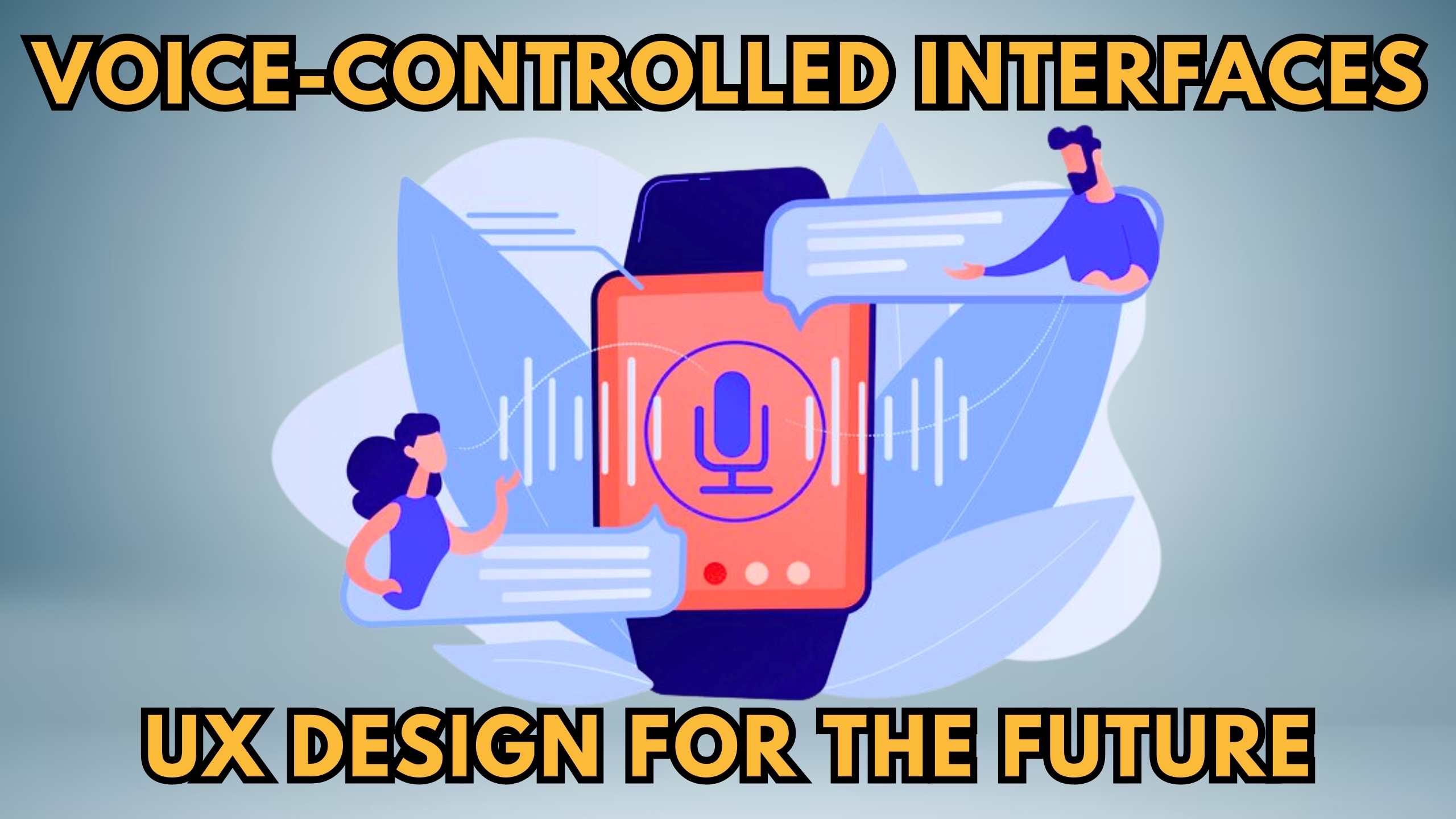Voice-Controlled Interfaces: UX Design for the Future


Voice-Controlled Interfaces: UX Design for the Future
In a world dominated by technological advancements, voice-controlled interfaces are emerging as the next frontier in user experience design. As we delve into the intricacies of UX design for these interfaces, it’s crucial to explore the potential of SaaS subscription stacks that can revolutionize the way we interact with technology.
The Rise of Voice-Activated UX
Natural Language Processing (NLP) Evolution: Voice-controlled interfaces heavily rely on Natural Language Processing (NLP) to understand and respond to user commands. As NLP continues to evolve, SaaS products like DialogFlow are becoming pivotal. With its robust NLP capabilities, DialogFlow empowers developers to build conversational interfaces effortlessly.
Seamless Integration with Virtual Assistants: As virtual assistants become more prevalent, SaaS solutions such as Wit.ai play a crucial role. Wit.ai’s API enables developers to integrate voice commands seamlessly, enhancing the overall user experience.
Designing for Intuitive Interactions
Persona-Centric UX: Voice-controlled interfaces require a persona-centric approach to UX design. SaaS tools like InVision facilitate collaborative design processes, allowing teams to create and iterate on voice interface designs effortlessly.
Multimodal Design Principles: The future of UX design for voice-controlled interfaces lies in multimodal experiences. Framer is a SaaS product that empowers designers to prototype and test multimodal interactions, ensuring a cohesive user experience.
Overcoming Challenges in Voice Interface UX
Error Handling and Recovery: Handling errors effectively is crucial in voice-controlled interfaces. SaaS solutions like Raygun offer real-time error monitoring, allowing developers to identify and resolve issues promptly.
Personalization and User Preferences: Tailoring voice interfaces to individual preferences is essential. Optimal Workshop is a SaaS platform that aids in user research, helping designers understand user preferences for personalized voice interactions.
Conclusion
In the ever-evolving landscape of UX design, voice-controlled interfaces stand at the forefront of innovation. To navigate this future successfully, embracing the right SaaS tools is paramount. Explore the potential of DialogFlow, Wit.ai, InVision, Framer, Raygun, and Optimal Workshop to revolutionize your approach to voice interface design.
Unlock Secret Deals and Save Big with Subscribed.fyi
Empower your SaaS journey with Subscribed.fyi – the all-in-one solution for freelancers and small teams. Sign up today to unlock free member-only deals, saving over $100,000 per year on 100+ SaaS tools. Manage all your subscriptions effortlessly, find the best tools, and stay informed with Subscribed.fyi.





